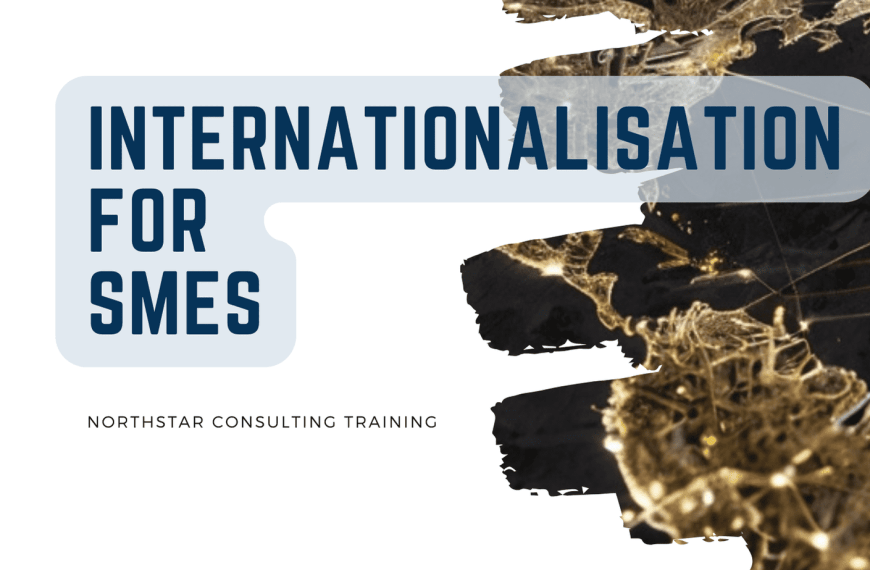The UK’s independent food and drink producers and SMEs are navigating another year of ups and downs, and since we work with many small and independent F&B businesses, we understand the urgency to prepare for 2026.
While the immediate crises of the pandemic and post-Brexit transition have eased, supply chain volatility, regulatory costs, and global trade tensions continue to reshape the industry’s landscape.
In 2025, SMEs across the UK food and drink sector face an increasingly complex mix of logistics bottlenecks, tariff uncertainty, and new sustainability compliance pressures. As 2026 approaches, small producers must continue to keep an eye on costs while also future-proofing operations against a changing trade and regulatory environment.
The Evolving Supply Chain Landscape in 2025
1. Persistent Cost Pressures and Shrinking Margins
According to the Food & Drink Federation (FDF), manufacturing costs rose by an average of 4.5% year-on-year in Q1 2025, driven by rising logistics, packaging, and labour expenses.
While inflation is beginning to stabilise, most SMEs report continued margin erosion as input and transport costs remain high and retailers resist passing on price increases.
Fuel price volatility, ongoing driver and general labour shortages, and increased regulatory compliance costs continue to squeeze smaller producers, many of whom lack the economies of scale enjoyed by multinationals
2. Supply Chain Disruptions: From Global Instability to Local Delays
Although the global grain and oil shortages triggered by the Ukraine conflict have eased, climate volatility, Red Sea shipping disruption, and delays at EU borders still affect delivery reliability and raw-material availability.
For SMEs operating on lean inventory models, even minor disruptions can result in production halts or missed retail deadlines.
UK importers have welcomed the government’s decision to suspend tariffs on 89 food-related goods until July 2027, including packaging materials, pasta, and coconut oil. However, this relief is temporary and may mask deeper structural dependencies that small manufacturers need to address.
3. Rising Regulatory and Sustainability Burdens
The most significant domestic challenge for small producers in 2025 is the regulatory cost curve.
New Extended Producer Responsibility (EPR) rules and plastic packaging taxes are adding compliance costs and administrative complexity. For smaller producers, who lack in-house compliance teams, these changes can translate into thousands of pounds in annual overhead.
At the same time, sustainability expectations are intensifying. Retailers, distributors, and consumers increasingly demand low-emission logistics, eco-friendly packaging, and transparent carbon reporting.
Trade and Tariff Dynamics: A Moving Target
The UK’s trade environment remains fluid heading into 2026. While non-EU exports rose 10.6% in early 2025, exports to the EU remain 34% below pre-Brexit levels. For many small producers, the EU remains a vital yet bureaucratically difficult market.
At the same time, the UK’s new trade deal with India—expected to take effect in 2026—may open new growth avenues for packaged foods, beverages, and ingredients. However, SMEs should expect competition from lower-cost imports under new tariff structures and must plan for potential volatility in global commodity prices.
Meanwhile, global “tariff wars,” particularly between the US, China, and the EU, could indirectly raise UK input costs or disrupt freight routes. Logistics and Transportation in Transition
1. Post-Brexit Border Complexity
SPS (Sanitary and Phytosanitary) checks and new customs requirements continue to cause border delays for UK exporters, particularly those handling perishable goods.
SMEs must maintain robust documentation, temperature-controlled logistics, and flexible scheduling to avoid losses from spoilage or rejections.
>2. Domestic Distribution Pressures
UK driver shortages and fuel price spikes persist. While larger hauliers can absorb costs through contract renegotiations, SMEs relying on smaller logistics firms often face per-unit transport costs up to 20% higher.
Collaborative logistics—shared warehousing and co-shipping between small producers—has emerged as a cost-saving solution, gaining traction across the UK.
Technology and Digitalisation: From Buzzword to Baseline
Digital transformation has moved from optional to essential. SMEs investing in inventory automation, AI-based forecasting, and real-time logistics tracking are gaining a critical edge in efficiency and reliability.
Platforms integrating supplier visibility, customs data, and transport analytics are helping businesses manage volatility more effectively, particularly in cross-border operations.
For those with limited budgets, cloud-based tools and modular supply-chain software now offer scalable entry points without heavy capital investment.
Preparing for 2026: Strategic Priorities for UK F&B SMEs
The next 12 months are pivotal. As tariffs, trade deals, and regulatory frameworks continue to evolve, preparedness and adaptability will determine who thrives and who struggles.
1. Build Supply Chain Resilience
- Map critical suppliers and logistics partners.
- Diversify sourcing beyond single regions or ports.
- Create contingency plans for transport disruption or tariff changes.
2. Optimise Logistics Through Collaboration
- Join regional co-packing or co-delivery networks to share transport and warehousing costs.
- Leverage third-party logistics platforms that specialise in SME freight pooling.
3. Invest in Smart Data and Digital Visibility
- Adopt digital supply chain management tools with real-time alerts.
- Use analytics to forecast demand, reduce waste, and anticipate delays.
4. Prepare for Regulatory and Cost Increases
- Budget now for EPR, sustainability reporting, and packaging taxes.
- Review pricing strategies and contracts to protect margins.
- Monitor when current tariff suspensions expire in 2027.
5. Diversify Markets and Value Propositions
- Explore non-EU export markets—especially India, North America, and the Middle East.
- Emphasise provenance, sustainability, and quality to differentiate from low-cost imports.
Resilience Through Adaptation
At the cost of sounding like broken records, the key to growing in 2026 is adaptation.
The UK food and drink sector enters 2026 at a crossroads.
Persistent cost pressures, evolving trade deals, and environmental accountability are reshaping how SMEs operate and compete.
Those who embrace collaboration, invest in digital supply-chain visibility, and align sustainability with efficiency will not only survive but also gain a competitive advantage.
While tariffs, inflation, and regulatory change will remain part of the picture, foresight, agility, and innovation will define the SMEs that thrive in this next chapter of UK food and drink.
The logistics landscape is changing fast — don’t let your margins suffer.
Schedule a no-obligation strategy call and get a tailored action plan to cut logistics costs and strengthen your 2026 supply chain. 👇




